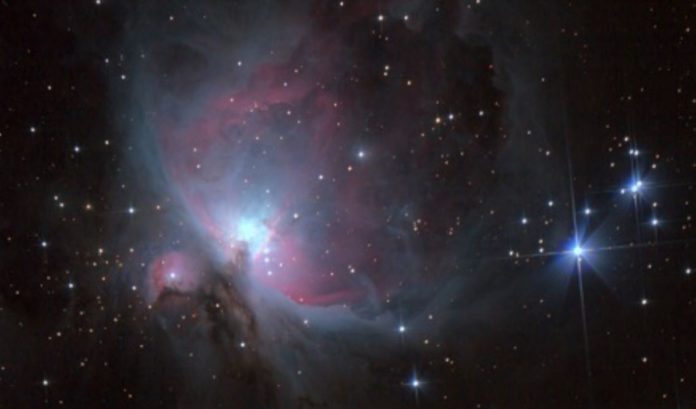January began with a full moon, which might have prevented you from watching the Quadrantids meteor shower.
But then there will be a great time to hunt for objects of deep space, and at the end of the month, you can try to see with the naked eye or with a telescope the most difficult planet to observe – Mercury.
The very beginning of January is not the best time for astronomical observations: the full moon was on December 30, which means that an almost full and very bright moon will prevent you from admiring both the meteors of the Quadrantid stream and the nebulae. But on January 6, the night star will enter the phase of the third quarter, which means that at the beginning of the night it is already possible to make sorties to hunt for deep space objects – especially since this is still the period of the New Year’s holidays, and it will be easy to find time for a sleepless night …
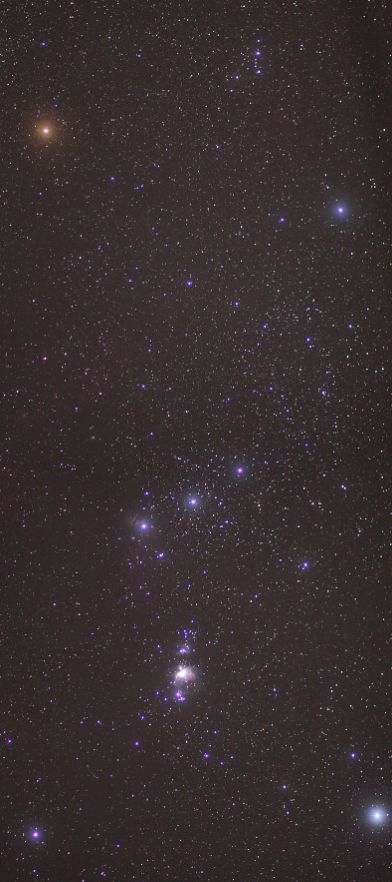
commons.wikimedia.org
Undoubtedly, one of the main points of the program of such observations is the Great Orion Nebula. New stars are forming in these clouds of gas and dust, and this object is also of interest to astronomy lovers, both for visual observations and for astrophotography. It is easy to find it in the sky – you need to focus on the “sword” that hangs on a belt of three bright stars in the constellation Orion.
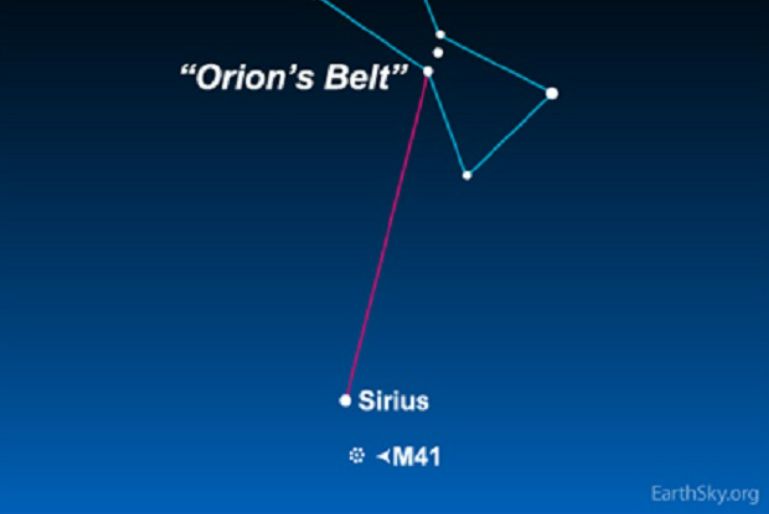
EartSky.org
Orion’s belt also helps find the brightest star in the entire sky – Sirius. At four degrees south of it, you can observe the open star cluster M 41 or the Small Hive. In a fairly dark sky, it can be seen with the naked eye as a rounded, hazy speck. M 41 contains about 100 stars and resembles with the shape the open cluster M 44 Manger (Beehive Cluster) in the constellation of Cancer – also quite an interesting object for observation.
- Does This Mean We Stopped Being Animal and Started Being Human Due to ‘Copy Paste’ Errors?
- The One Lifestyle Choice That Could Reduce Your Heart Disease Risk By More Than 22%
- Aging: This Is What Happens Inside Your Body Right After Exercise
- Immune-Boosting Drink that Mimics Fasting to Reduce Fat – Scientists ‘Were Surprised’ By New Findings
- Gun Violence in America: What They Don’t Talk About at the Debate
Mercury: Catch after sunset
Mercury, the planet closest to the Sun, is difficult to observe precisely because of this proximity – it does not go far from the daylight, and therefore is often lost in its rays. By January 20, Mercury will reach the outermost point of its orbit when viewed from Earth, which means it can be observed over the western horizon in the evenings. In addition, it will be brighter than the stars – at least five times brighter than the star Fomalhaut observed in the same direction.
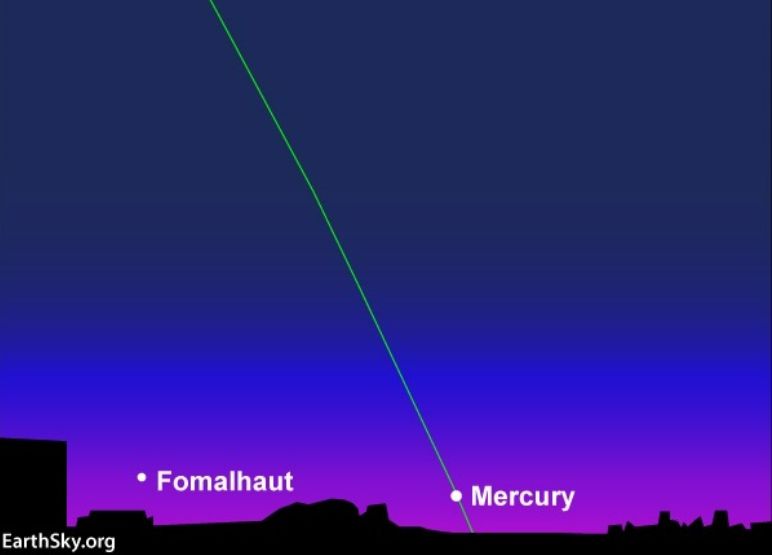
EarthSky.org
It is necessary to search for Mercury approximately 40 minutes after sunset in the westerly direction. Under good atmospheric conditions, it can be seen with the naked eye. In optical instruments, for example, with an amateur telescope, the planet will look like a half-disk, and by the end of January – like a sickle.
Last chance to observe Mars
If you haven’t seen Mars in 2020, you have one last chance to watch it when it’s still of interest at the beginning of 2021. The fact that the red planet in its orbit around the Sun continues to move away from the Earth. If Mars is 134 million kilometers away at the beginning of January, by the end it will be 177 million kilometers away. This means that the visible size of its disk will decrease, and by the end of January Mars will be equal in size to Mercury – the disks of the planets will have a visible size of about 8 seconds arc. But more recently, in October 2020, during the confrontation, Mars was large – 22 seconds of arc – and bright, for some time even surpassed the brightness of Jupiter.
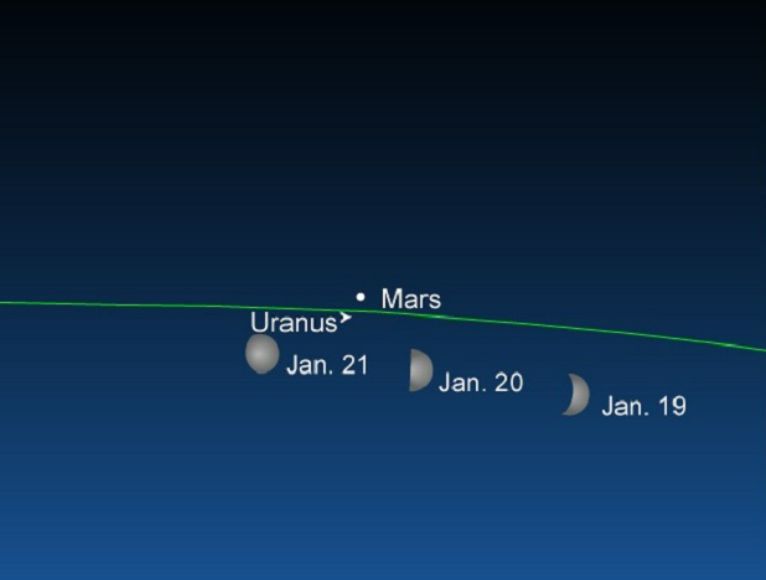
EarthSky.org
Mars can be observed after sunset over the southeastern horizon, in the south and southwest in the middle of the night. The red planet moves against the background of the stars of the constellations Pisces and Aries. And on January 19, 20 and 21, Mars will be close to the Moon. By the way, there is Uranus nearby – a great challenge for telescope observations and astrophotography.
